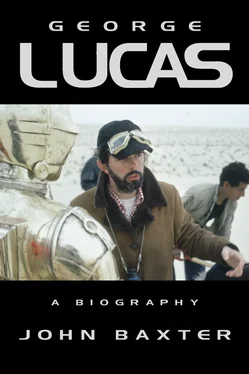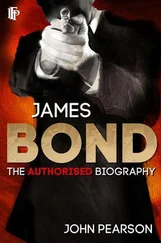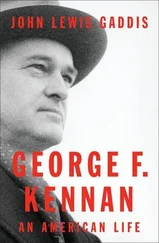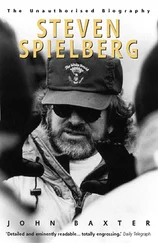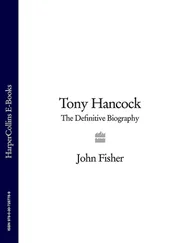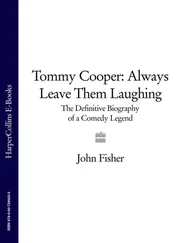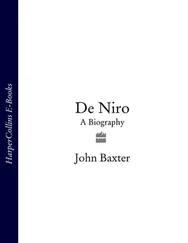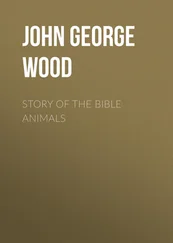By comparison with the coming excesses of 1968, 1967, when Lucas rejoined USC as a graduate student, was calm. While he continued to teach the navy and Marine camera class, most of his Masters work consisted of two films, both building on the success of 1.42:08 . He made anyone lived in a pretty little [how] town with Paul Golding, his collaborator on Herbie . The film, in CinemaScope and color, used actors and some sophisticated manipulation of images to tell a fable based on the poem of the same name by e.e. cummings. Life in an idyllic town is destroyed when a photographer arrives, each click of his shutter turning living people into dead monochrome images. Despite its greater technical sophistication, the film recalled A Look at Life in its graphic stiffness, its avoidance of character and dialogue, its reliance on flashy editing and photographic effects to disguise a lack of interest in people.
Lucas’s second film, The Emperor , was a documentary, and one of his best. His first idea had been to make a film about Wolfman Jack, but Smith had done such a good job of maintaining his incognito that nobody knew where he could be found. (In American Graffiti , one of the kids would insist that he broadcast from a plane circling over the United States.) Lucas compromised by choosing as his subject Bob Hudson, a deejay at KBLA in Burbank, right in the Valley, who grandiosely christened himself ‘The Emperor.’
Introduced by a beautiful girl cooing, ‘It’s his marvellous majesty,’ Hudson, surprisingly middle-aged and incoherent for a deejay with a large teenage following, appears making a triumphal progress through the streets of Burbank in the back of Murch and Robbins’s restored Rolls-Royce, accepting the plaudits of adoring fans, most of them eager girls. ‘Get off the freeway, peasant,’ someone shouts. ‘The Emperor is coming!’ Filmed in wide screen, intercut with helicopter news-shots of jammed freeways, hippie love-ins and facetious commercials with vox pop interviews, The Emperor shows Lucas stretching the limits of the short film and the documentary. The credits appear in the middle, and list the entire staff of the film school as student advisers, superimposed over a close-up of Hudson, pouchy, middle-aged and bored.
Marcia helped Lucas edit The Emperor . It was the first time many of the USC gang had met her, and the general reaction was astonishment that such an attractive and intelligent woman could see anything in a nerd like Lucas, however talented. ‘Marcia was very bright and upbeat,’ said Richard Walter. ‘Just the loveliest woman that you ever saw in your life. They seemed such an unlikely couple. She’s quite adorable.’
Their favorable impression of her strengthened when they saw her work on The Emperor . ‘ The Emperor is a superb film,’ says Milius, who, with Richard Walter, appears on the soundtrack impersonating a Mexican bandido. ‘It still holds up today. When you see something like that, you think that maybe one of the great losses is that Marcia never became a film-maker and continued as an editor. But one of the other great losses is that George stopped making movies, and got interested in the sort of stuff that Lucasfilm puts out. Because he was a really dynamic film-maker.’
Lucas drifted back into after-hours campus society with the many old friends who were still at USC, including Milius and Charley Lippincott. Now living with Marcia in the ramshackle Portola Drive house, he had his eyes clearly set on a professional career. With that in mind, he even attended a course on direction taught by the comic Jerry Lewis. ‘George hated that class,’ recalls Charley Lippincott. ‘He sat back in the very last row, and sometimes I’d sit with him. Lewis had such an outrageous ego, it drove you crazy.’ Richard Walter rated Lewis ‘a gigantically talented man, but without taste. It’s as if those circuits just don’t operate. He was still making movies. He was at Columbia, in the midst of a “multi-picture pact.” He would frequently hold the class there, at the old Columbia studios on Gower Street. We’d all meet there on the lot; very exciting. And then he’d ad lib and wing it. It was really rather disorganized. I enjoyed being exposed to this wonderful maniac, but I can’t say I thought it was a tremendously valuable class.’
Lucas, like many others, signed up for only one reason, according to Walter: ‘Lewis encouraged people to believe he could get them into the [Screen Directors’] Guild, and that’s why a bunch of these students were coming. Caleb Deschanel and certainly George and others would come to that class not because they wanted to learn from Lewis. They didn’t appreciate his movies, though they thought it quite appropriate that the French appreciated his movies. But George really believed he could get them into the Guild, which was a hoax.’
Lewis surrounded himself with sycophants. ‘There was a little group of outsiders, tangential to USC, who used to sit in on the course,’ says Lippincott. ‘They included the actress Corinne Calvet, who had been in one of Lewis’s films, and her husband, who was an agent or something. And it was they who brought down a copy of Steve Spielberg’s Amblin ’.’
While Lucas was working his way through USC, Spielberg, rejected by USC because of his poor grades, enrolled at the less prestigious University of California at Long Beach. Aware that he needed a calling card to attract the attention of studios, he persuaded Dennis Hoffman, who ran a small special-effects company, to back a twenty-four-minute 35mm widescreen color short about a young couple who meet on the road while hitch-hiking and fall in love. He called it Amblin ’. Even Spielberg dismissed the film as a ‘Pepsi commercial,’ with as little intellectual weight as a piece of driftwood, but he was relentless in showing it to anyone who might help his career. Lewis liked it enough to include it in his USC class, and to have Spielberg introduce it.
As historic meetings go, that between George Lucas and Steven Spielberg was unimpressive. Presenting his film, Spielberg, with his open-necked flowered shirt and leather jacket, his high-pitched voice and nervy delivery which caused him to stumble over his words, made an unattractive impression. His naked ambition to succeed in Hollywood also offended the elitist USC audience. Lucas didn’t like Amblin ’. He told Lippincott it was ‘saccharine.’ But over the next few months, Spielberg became a fixture at USC, often turning up at ‘Thursday Night at the Movies’ screenings. ‘He became part of the gang right away,’ says Milius. ‘That was a pretty tight-knit group. We hated UCLA and people like that. We were special – though we didn’t think we were going to conquer the world; we didn’t think we had a chance. But that’s also what made us so tight-knit. But he got accepted right away, because he had the same kind of enthusiasm.’ In particular, Spielberg became friendly with Matthew Robbins and Hal Barwood, who shared his ambition to work in studio films. Finally, in 1968, a friend got a copy of Amblin ’ to production head Sidney Sheinberg at Universal, who signed Spielberg to a seven-year contract. Later, Spielberg named his company Amblin Entertainment in acknowledgment of the film’s role in his success. Robbins and Barwood would write his first cinema feature, Sugarland Express .
Urged by Milius, Lucas started seeing Japanese films at the Toho cinema on La Brea. He discovered Akira Kurosawa, in particular his period adventures like Seven Samurai, Sanjuro , and Yojimbo . Kurosawa acknowledged John Ford as his master and model. His films have the spaciousness of westerns, and heroes of mythical proportions, often played, in the words of critic Audie Bock, by ‘a filthy, scratching, heavy-drinking Toshiro Mifune who tries to avoid violence but when forced to, enters battle with his breath held.’ Eighteenth-century Japan, when Kurosawa set most of his films, was so alien it could well have been Mars: the ankle-length robes and rural settings, the castles and swordplay, the culture of imperial power and privilege opposed by daring and belief – all recalled Edgar Rice Burroughs.
Читать дальше
